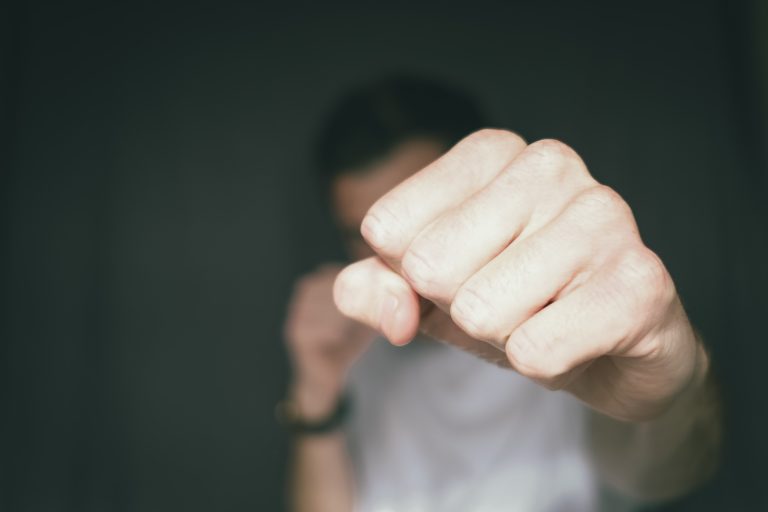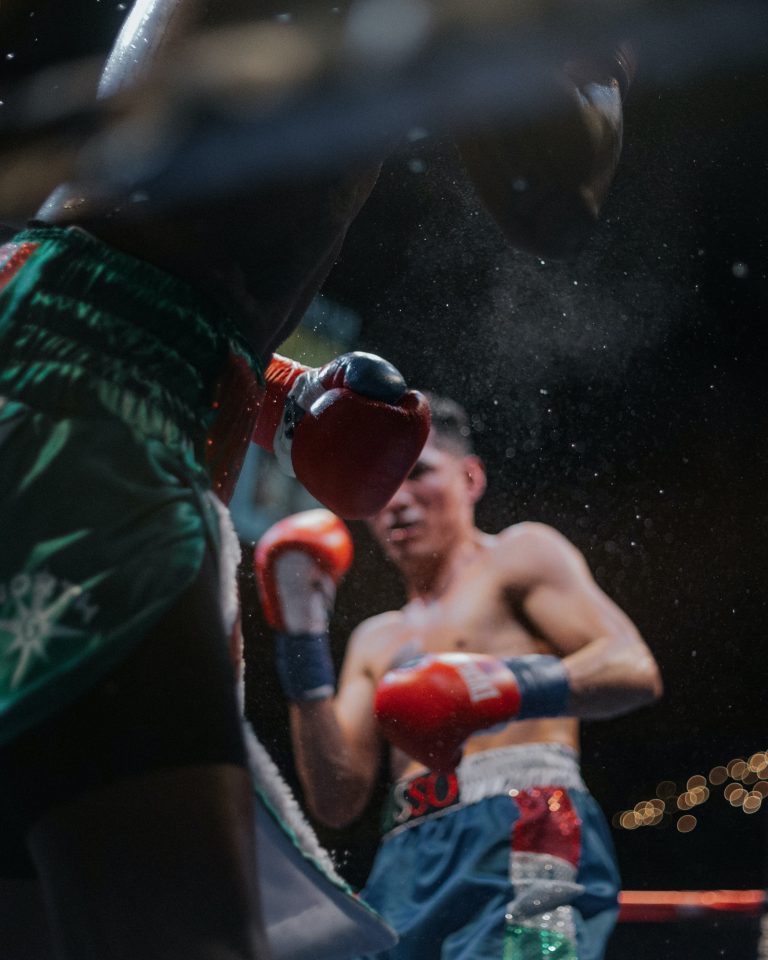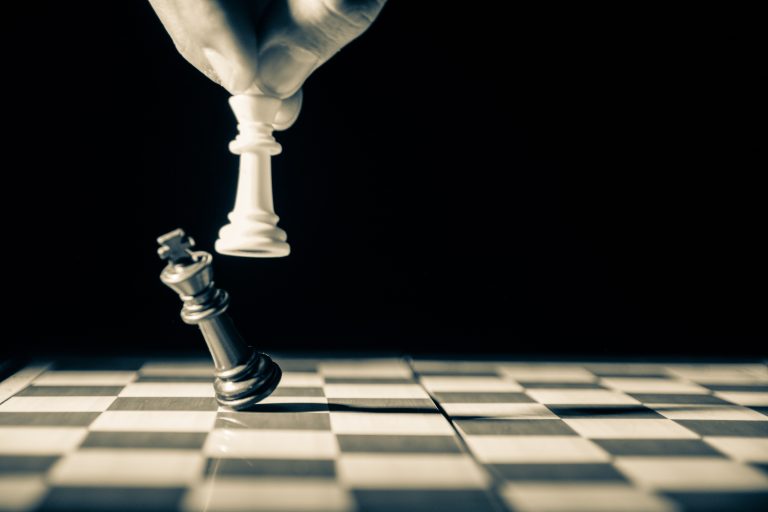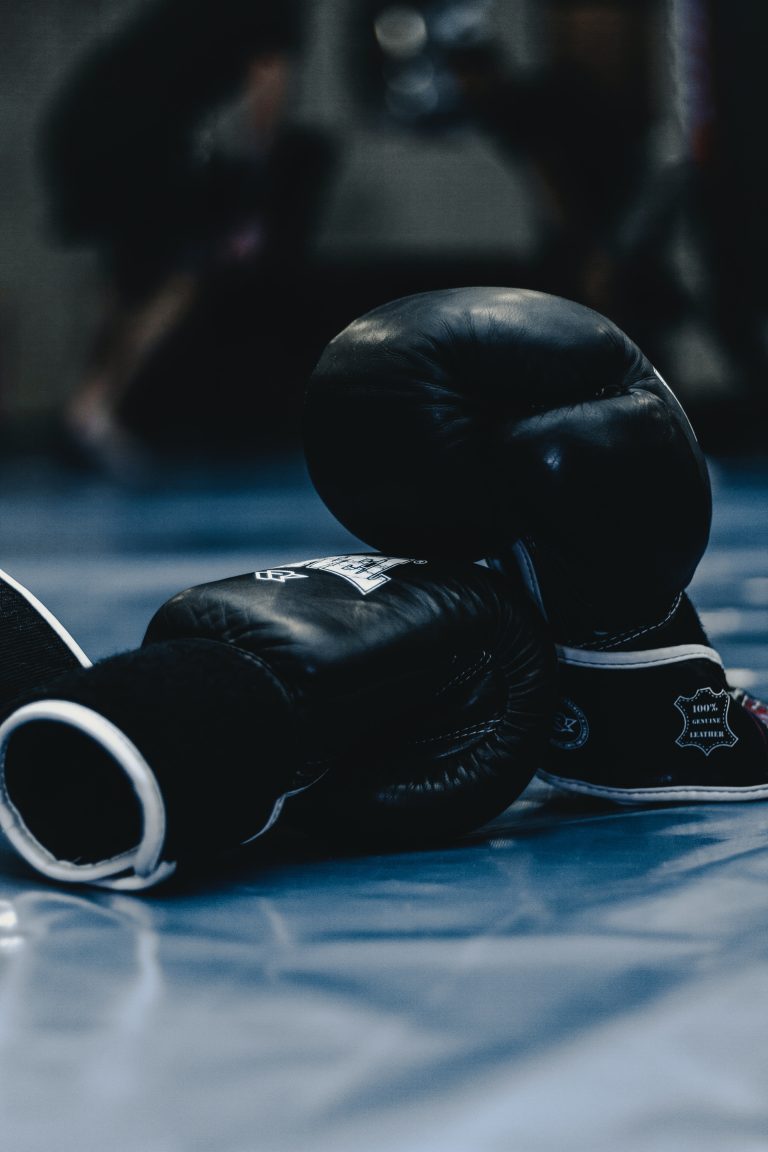The Meaning of Karate in Chinese
Karate is a popular Japanese martial art that includes various forms of striking, grappling, and joint locks. But did you know that the word „karate“ has a Chinese origin? In this blog post, we will dive deep into the meaning of Karate in Chinese and its significance in Japanese culture.
The History of Karate in Japan
Before we take a look at the meaning of Karate in Chinese, let’s take a quick look at the history of Karate in Japan. Karate originated from Okinawa, an island located south of Japan. It was originally known as „Okinawa Te,“ which means „Okinawa Hand.“ The art was later renamed to „Karate“ in the early 20th century and was introduced to Japan by Gichin Funakoshi.
Karate quickly gained popularity in Japan and has since become a worldwide phenomenon. Today, there are several different types of Karate styles, including Shotokan, Goju-Ryu, Wado-Ryu, and Shito-Ryu.
The Meaning of Karate in Chinese
Karate is derived from two Chinese characters: „kara“ (空) and „te“ (手). „Kara“ means „empty,“ and „te“ means „hand.“ So when you combine the two characters, Karate literally means „empty hand.“
The term „empty hand“ is philosophical in nature and refers to the idea that Karate is a self-defense system that does not require weapons. It is said that Gichin Funakoshi chose the name Karate to emphasize that the martial art was not just about physical strength but also about mental discipline and spiritual growth.
The Significance of the Meaning of Karate in Japanese Culture
The meaning of Karate in Chinese holds great significance in Japanese culture. In Japan, Karate is not just a means of self-defense but also a way of life. The core principles of Karate emphasize respect, discipline, and self-control, making it a unique and powerful tool for personal growth and development.
The idea of „empty hand“ also plays a significant role in Karate philosophy. In the practice of Karate, one must learn to let go of their ego, desires, and preconceptions. By emptying the mind and focusing on the present moment, one can achieve a state of complete awareness and peace.
The meaning of Karate in Chinese: Frequently Asked Questions
Karate is a Japanese martial art that originated in the Ryukyu Kingdom in the 19th century. The term „karate“ is a combination of two Chinese characters, „kara“ meaning empty and „te“ meaning hand. It is quite common for people to ask about the meaning of Karate in Chinese since the term karate is derived from Chinese characters. In this blog post, we are going to answer some of the most frequently asked questions about the meaning of Karate in Chinese.
What is the meaning of „kara“ in Chinese characters?
The character „kara“ is written as 空手 in Chinese. „Kara“ means empty. In Karate, it refers to the idea of abandoning oneself to the universe or nature without any preconceived notions or intentions. It is a state of mind where the practitioner is free from distracting thoughts and emotions, allowing them to be fully aware and present in the moment.
What is the meaning of „te“ in Chinese characters?
The character „te“ is written as 手 in Chinese. „Te“ means hand. In Karate, it refers to the various techniques used in combat, including strikes, blocks, and joint locks. The hands are the main weapons in Karate, and the practitioner learns to use them effectively for self-defense.
How do the meanings of „kara“ and „te“ come together to form Karate?
The combination of „kara“ and „te“ in Karate means „empty hand.“ The idea behind Karate is to develop effective self-defense techniques without the use of weapons. The practitioner learns to use their body as a weapon, relying on their physical abilities and mental focus to overcome their opponent.
Why are Chinese characters used in the term Karate?
Karate was developed in the Ryukyu Kingdom, which was a trade partner of both Japan and China. Chinese culture had a significant influence on the Ryukyu Kingdom and, consequently, on the development of Karate. Chinese characters were commonly used in the Ryukyu Kingdom, and they were also used to write Japanese at the time. Therefore, it was natural for the creators of Karate to use Chinese characters in the name of their art.
Is Karate still popular in China?
Karate is not as popular in China as it is in Japan or other parts of the world, but it does have a following. Traditional Karate styles, such as Shotokan, Goju-ryu, and Shito-ryu, are taught in some martial arts schools in China. There are also some Chinese martial artists who have incorporated elements of Karate into their training.
Are there any other Japanese martial arts that use Chinese characters?
Yes, there are several other Japanese martial arts that use Chinese characters in their names. Some examples include:
– Judo (柔道): „ju“ means „gentle“ or „pliable,“ and „do“ means „way.“ Judo is often translated as „the gentle way.“
– Aikido (合気道): „ai“ means „harmony,“ „ki“ means „energy,“ and „do“ means „way.“ Aikido is often translated as „the way of harmonizing energy.“
– Jujutsu (柔術): „ju“ means „gentleness“ or „pliability,“ and „jutsu“ means „art“ or „technique.“ Jujutsu is often translated as „the art of pliability.“
In conclusion, Karate is a Japanese martial art that is often associated with Chinese culture due to its use of Chinese characters in the name of the art. The two Chinese characters „kara“ and „te“ mean „empty hand“ when combined and signify the art’s focus on developing effective self-defense techniques without the use of weapons.
How to Understand the Meaning of Karate in Chinese
Karate is a popular martial art with origins in Japan. The word „karate“ is derived from two Japanese words: „kara“ meaning „empty“ and „te“ meaning „hand“. However, karate has also been widely practiced and adapted in China, where it is known by the Chinese name „kong shou“ (空手). In this blog post, we will explain the meaning of karate in Chinese and guide you through the steps of understanding this martial art in its Chinese cultural context.
Step 1: Understanding the Chinese Characters
The Chinese name for karate is written as „空手“ which literally means „empty hand“. The first character „空“ (kong) means „empty“ and the second character „手“ (shou) means „hand“. This is very similar to the Japanese pronunciation of „karate“.
Step 2: Exploring the Historical and Cultural Background of Karate in China
Karate was introduced to China in the early 20th century, during the time when Okinawa was still a part of China’s Ryukyu Kingdom. The popularization of karate in China was driven by various factors such as Japanese invasion, cultural exchange and martial arts modernization.
During this period, several Chinese masters took up karate and integrated it into their own martial arts practices. The most prominent among them were Huang Han Xun, Zheng Hong Qi, and Liu Yu Sheng, who all incorporated karate techniques into their respective styles. They also founded their own karate clubs to promote and teach the art to Chinese people.
As karate became more established in China, it also evolved to adapt to the Chinese cultural context. Some masters emphasized the philosophical aspects of karate, such as self-cultivation and respect, which are highly valued in Chinese traditional culture. Others integrated traditional Chinese martial arts techniques and concepts into karate, such as the use of acupressure points and the concept of „qi“.
Step 3: Learning the Basic Techniques of Karate in Chinese
Karate techniques can be roughly divided into three categories: punches, kicks, and strikes. Here are some of the basic techniques in Chinese:
1. Punches (拳法): The most basic punch in karate is the middle punch (中拳). The punch is executed with the fist at shoulder level, and the arm is extended straight to the front with a snap of the wrist.
2. Kicks (踢法): The most basic kick in karate is the front kick (前踢). In this technique, the knee is lifted to waist height, and the foot is thrust forward with the ball of the foot striking the target.
3. Strikes (打法): The most basic strike in karate is the knife-hand strike (刀掌打). In this technique, the hand is held in a knife-like position, and the side of the hand is used to strike the target.
Step 4: Understanding the Philosophy of Karate in Chinese
Karate is not only a physical practice, but also a way of life. In Chinese culture, the philosophical aspects of karate, such as self-discipline and mutual respect, are highly respected and valued. Here are some of the key philosophies of karate in Chinese:
1. 风生水起 (feng sheng shui qi): This phrase means „wind rises, water stirs“. It refers to the idea that a karate practitioner should be able to respond flexibly and adaptively to changing situations, just as wind and water adapt to their surroundings.
2. 空手道 (kong shou dao): This phrase literally means „the way of empty hand“. It refers to the idea that karate is not just a physical practice, but also a spiritual discipline that promotes self-awareness and personal growth.
3. 色無膏 (se mu gao): This phrase means „without greed“. It refers to the idea that a karate practitioner should be humble and modest, and should not seek fame or fortune through their practice.
Conclusion
Karate has a long and rich history in both Japan and China, and its meaning and techniques have been adapted to fit the cultural contexts of both countries. Understanding the meaning of karate in Chinese involves exploring the Chinese characters, delving into the historical and cultural background of karate in China, and learning the basic techniques and philosophies of the martial art. Hopefully, this guide has helped you gain a deeper appreciation for this ancient and powerful discipline.
Inhaltsverzeichnis






